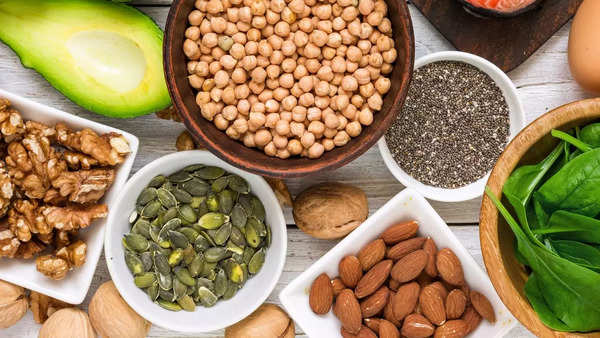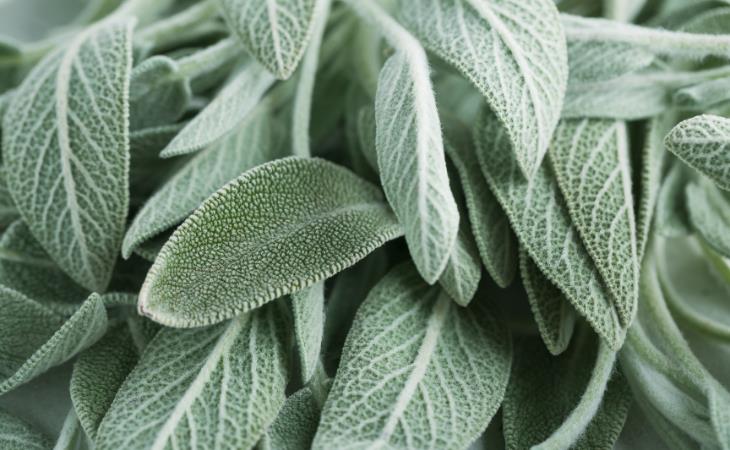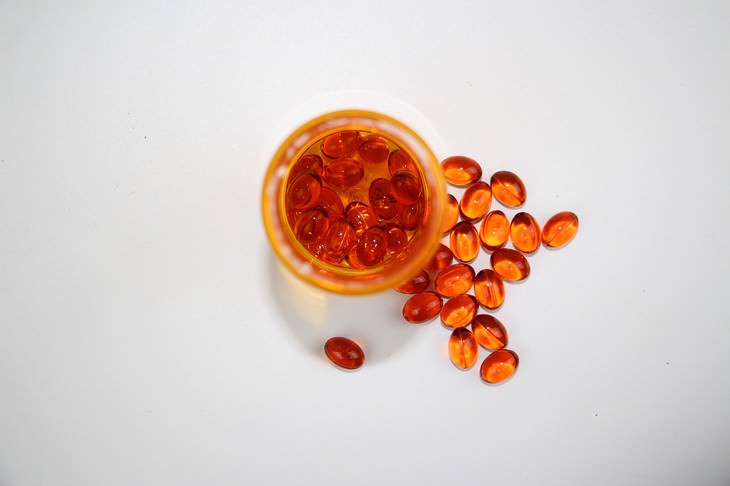8 vegetarian foods that are rich in zinc
Do you often feel dull, lethargic or experience sudden hair loss, then all these signs silently indicate depleting levels of zinc in the body. This vital mineral supports numerous bodily functions such as functioning of major organs, wound healing metabolic functions, immunity and overall health and well-being. While, our body gets zinc from the foods we eat and it is commonly associated with animal products like meat and seafood, but there are plenty of vegetarian foods that are equally rich in zinc and their daily consumption can naturally meet the daily requirement of zinc in the body.
Here are 8 sources of food worth trying.
Legumes
Legumes such as chickpeas, lentils and various beans are packed with zinc. For instance, a cup of cooked chickpeas provides approximately 2.5 mg of zinc, making it a substantial addition to your diet. Lentils and beans offer similar benefits, making them versatile ingredients for soups, stews, salads and more.

Nuts and seeds
Nuts and seeds are excellent sources of zinc, with pumpkin seeds leading the pack. A mere ounce of pumpkin seeds contains about 2.2 mg of zinc. Similarly, help seeds and flaxseeds are also good sources, providing a nutrient boost to smoothies, yogurt or salads.
Whole grains
Whole grains not only offer fiber and essential nutrients but also contain zinc. Quinoa , in particular stands out with approximately 11.5 mg of zinc per cooked cup. Brown rice and oats also contribute to your zinc intake, supporting overall health and well-being.
Dairy products
For lacto-vegetarians, dairy products like yogurt and cheese are valuable sources of zinc. A single serving of yogurt can provide around 1-2 mg of zinc, depending on the type and brans. Cheese also contains zinc, although the amount varies by type and processing method.

Eggs
Eggs are another excellent source of zinc for ovo-vegetarians. A large egg typically provides about 1 mg of zinc, along with other essential nutrients like protein and vitamins.
Dark chocolate
Dark chocolate with a high cocoa content is surprisingly rich in zinc. Consuming an ounce of dark chocolate can contribute approximately 1 mg of zinc to your daily intake, making it a delicious and nutritious treat.
Tofu
Tofu a staple in vegetarian diets, offers a moderate amount of zinc. A1/2 cup serving of tofu provides around 1 mg of zinc, making it a versatile ingredient for stir-fries, curries and salads.
Vegetables
Certain vegetables, such as mushrooms and spinach, contain small amounts of zinc. While not as high as other sources, incorporating these vegetables into your meals adds to your overall zinc intake and provides a range of other essential nutrients.
Oats
Oats provide a decent amount of zinc and can be used in various forms such as oatmeal, granola and baked goods.
This is only for your information, kindly take the advice of your doctor for medicines, exercises and so on.
https://gscrochetdesigns.blogspot.com. one can see my crochet creations
https://gseasyrecipes.blogspot.com. feel free to view for easy, simple and healthy recipes
https://kneereplacement-stickclub.blogspot.com. for info on knee replacement
https://cancersupportindia.blogspot.com for infor on cancer and health related topics
https://GSiyers
home remedies.blogspot.com is the latest addition to my blogs. I'm
going to add posts there, do give me your valuable feed back on my
blogs. Thanks a lot, take care, be healthy and be happy.
| |||||||||||
|---|---|---|---|---|---|---|---|---|---|---|---|
Labels: dairy products, Dark chocolate, eggs, nut n seeds, oats, tofu, vegetables, vegetarain foods rich in zinc- legumes, whole grains






